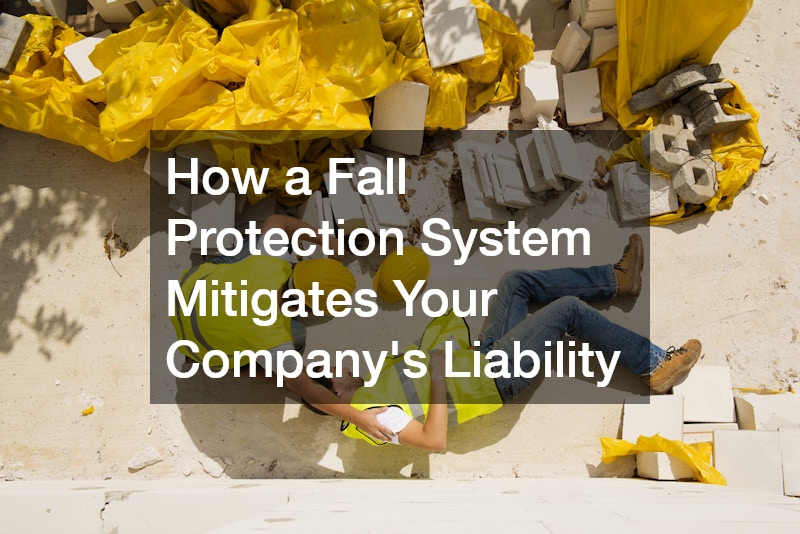The carbon footprint of the food industry is significant. Agriculture is responsible for 11% of global greenhouse gas emissions, while the food processing and packaging sectors contribute a couple more percentages to those emissions. Meat and dairy products are particularly greenhouse gas-intensive, accounting for more than one-third of global agricultural emissions.
However, the industry is essential. Without it, we would not be able to feed the world’s population. The United Nations Food and Agriculture Organization (FAO) estimates that the world will need to produce 60% more food by 2050 to feed a projected 9.1 billion people. The challenge, then, is to find ways to make food with a lower environmental impact.
Restaurants are at the forefront of the food industry. They represent the meeting point between producers and consumers. And as such, they have a unique opportunity to influence how people eat. Here are five ways that restaurants can build a sustainable future:
Farm to table
The farm-to-table movement is all about serving locally grown food. It cuts out the middleman, reduces transportation emissions, and supports small farmers.
By sourcing food from nearby producers, restaurants can reduce their carbon footprint and support the local economy. They can also be sure of the quality of their ingredients and build relationships with the people who grow them.
In some cases, restaurants may even choose to grow their food. For example, you can start a farm for your restaurant or buy a percentage of monthly yields from a local farmer.
When starting a farm, you will need to invest in reliable transportation. A reliable livestock trailer can ensure that you can bring fresh meat from your farm to your restaurant. You can also use it to transport fresh produce if you don’t want to use it for animals. Also, ensure a trailer that is the right size for everything. You don’t want to make two or more trips as it will drastically increase your carbon footprint.

Sustainable seafood
Overfishing is a significant problem in the seafood industry. It’s estimated that if current trends continue, no fish will be left in the ocean by 2048. This would be an ecological disaster, as well as a massive loss for the seafood industry. Eating sustainable seafood is one way to help protect the ocean’s ecosystem.
When choosing seafood for your restaurant, look for products certified by the Marine Stewardship Council or the Aquaculture Stewardship Council. These organizations certify seafood that has been caught or farmed sustainably.
You can also support sustainable fishing practices by avoiding certain types of seafood. For example, wild-caught tuna is often overfished. And shrimp farming can lead to mangrove deforestation. Instead, opt for fish that are plentiful and farmed responsibly.
Reducing food waste
Food waste is a massive problem in the restaurant industry. In the US, restaurants throw away an estimated 10% of all the food they purchase. This adds to $25-$35 billion of wasted food annually. Not only is this bad for the environment, but it’s also bad for business.
Reducing food waste starts with ordering the right amount of food. You can use a software system to help you keep track of your inventory and place orders based on real-time data. This way, you’ll only order what you need, when you need it.
You can also donate surplus food to charities or compost it. This helps to reduce methane emissions from landfills and provides valuable nutrients for the soil.
Energy-efficient kitchen
The kitchen is one of the most energy-intensive areas of a restaurant. It’s estimated that commercial kitchens use about 15% of all the electricity in the US. But there are ways to make your kitchen more energy-efficient.
One way to do this is by investing in energy-efficient appliances. Look for devices with the ENERGY STAR label. These have been independently certified to use less energy than their standard counterparts.
You can also save energy by making simple changes to your kitchen’s layout. For example, placing your fridge next to the dishwashing area can reduce the time that doors are left open. And using LED lights can help you save on your electricity bill.
Sustainable packaging
To-go packaging makes up a large part of the waste generated by restaurants. It’s estimated that US restaurants generate about 3.8 million tons of packaging waste annually. This includes everything from paper bags to plastic straws.
One way to reduce your packaging waste is to switch to sustainable options. For example, you can use paper straws instead of plastic straws. Or you could ditch disposable coffee cups in favor of reusable mugs.
Sustainability is a significant concern for restaurateurs. Not only is it essential to think about ways to reduce the environmental impact of your business, but it’s also essential to reduce your operational costs. Implementing these five tips will help you make your restaurant more sustainable and efficient. It can also improve your bottom line and increase sales.










